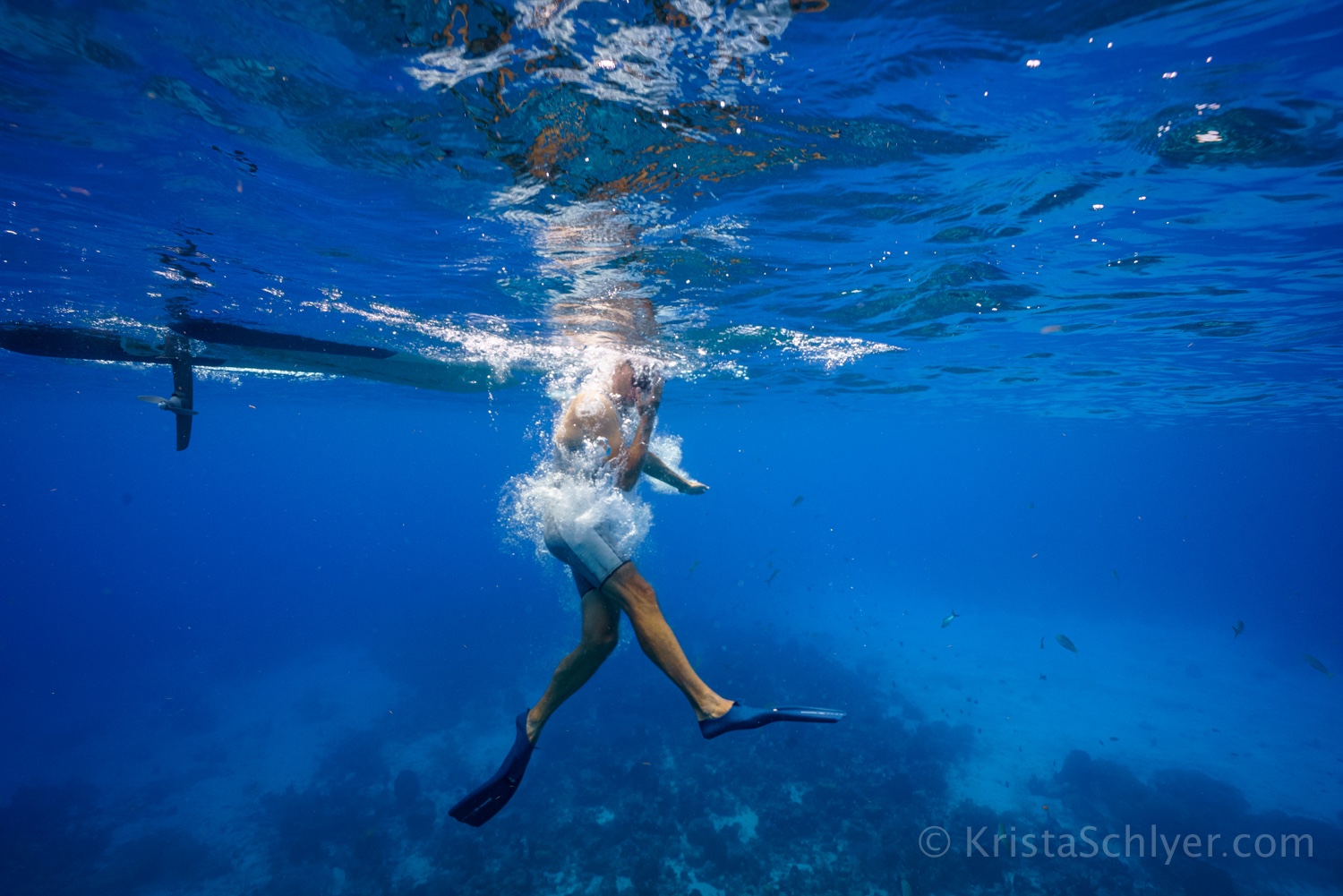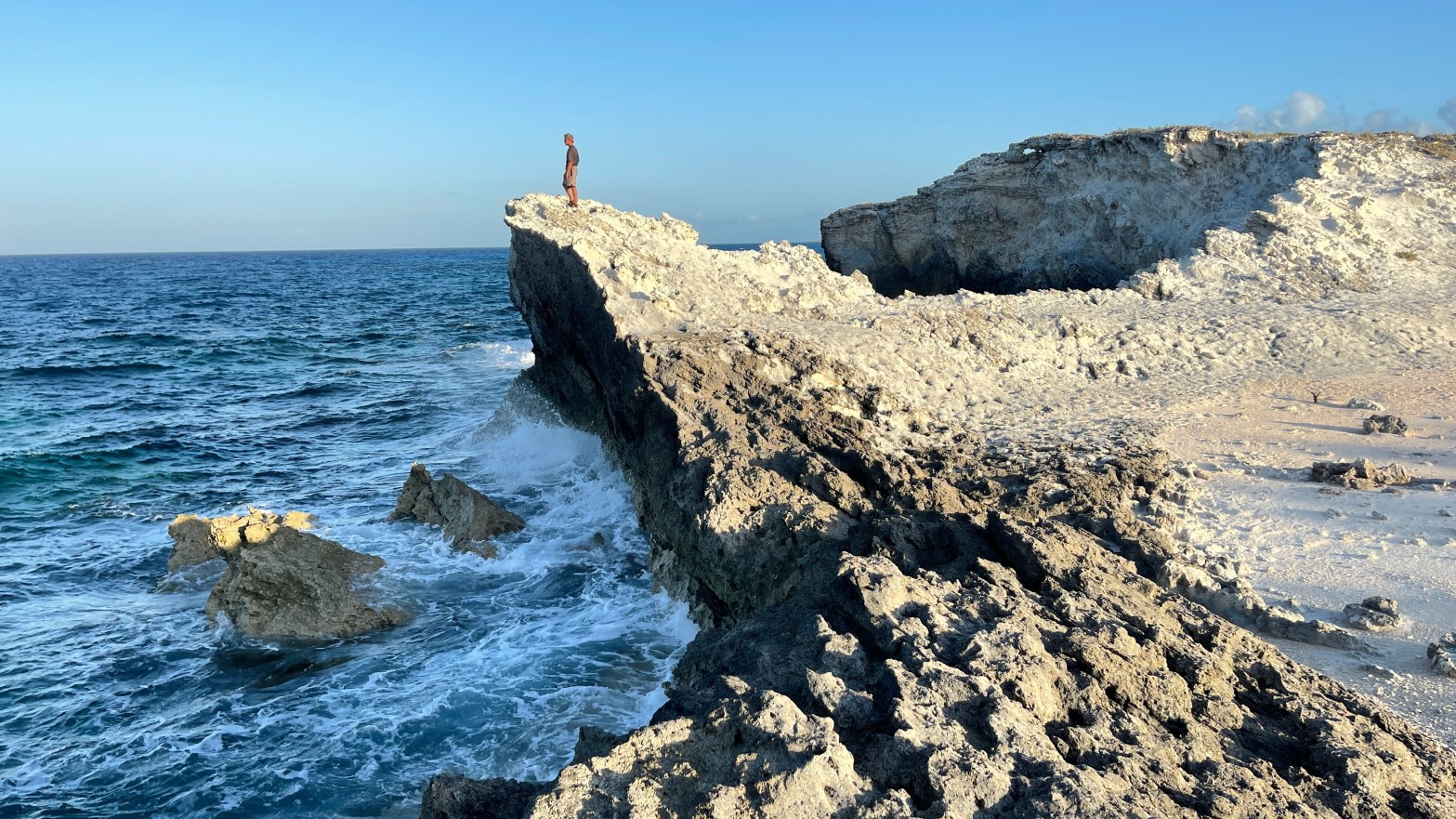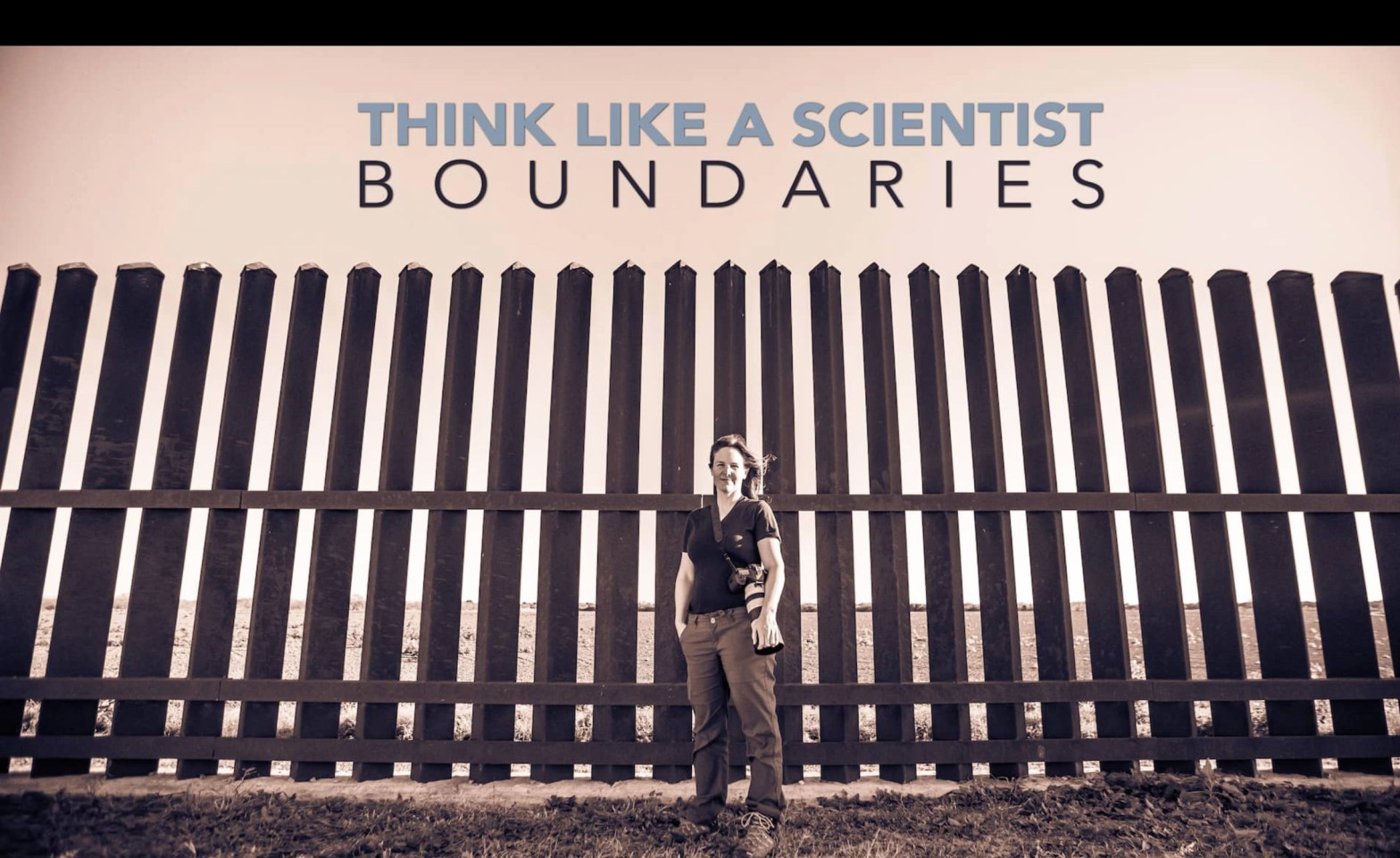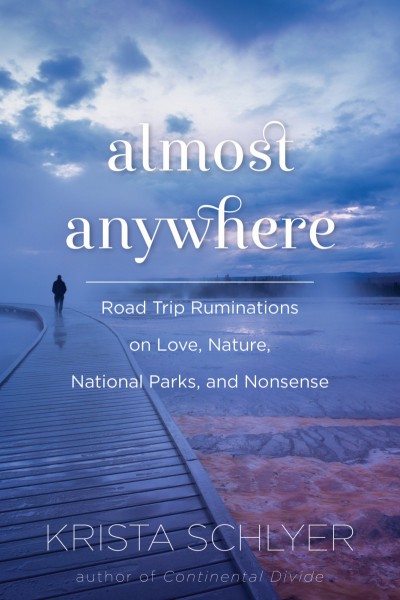I think about that moment when our depth sounder goes from 290 feet to – – -. That’s somewhere beyond 300 feet, how much beyond is practically irrelevant. This passage the depth will fall to almost 10,000 feet. The sounder will read – – -, off soundings.
Tag Archives: animals
Boiling, Guadeloupe
About midway down the western edge of Guadeloupe there is a small bay where the town of Bouillante nestles within the foothills of towering green peaks. Here most of the population speaks French, the air smells strongly of sulfur, and every day, for most of the daylight hours and long into the night, the communityContinue reading “Boiling, Guadeloupe”
Thieves in the Night
Had the Atlantic trade winds been westerly, we would be living in a very different world. These relentless winds blowing ever from the east facilitated the conquest and colonization of the Western Hemisphere; they made and unmade kings. And they make beggars of all those who try to oppose them.
Harry Potter and the Pistol of Shrimps
These moments with nature’s magic have led me to think a lot about the idea of human-made mediated magic, and of its presence, or rather omnipresence, in our modern world.
Border Wall Construction Begins, again
This year marks the 30th anniversary of the fall of the Berlin Wall. I can still hear Americans cheering when Ronald Regan demanded “Mr. Gorbachev, tear down this wall!” Today is also the 10th anniversary of a much lesser known historical event — the Borderlands RAVE. It was an expedition I organized with the InternationalContinue reading “Border Wall Construction Begins, again”
Ay Santa Ana
Santa Ana and the battle for sacred ground There are some places in this world where life and beauty effervesce from the ground itself, places we simply can not lose. There are landscapes where lines must be drawn in the proverbial sand and we must say, no, you will not take this from the world.Continue reading “Ay Santa Ana”
New Film: Border Walls and Boundaries
The US-Mexico border wall boondoggle didn’t start with Donald Trump. Despite its exorbitant cost, wasteful, ineffective nature, and destructive impact, all of the current presidential hopefuls – on both sides of the political spectrum – have voted in support of border wall on the southern US border. Bernie in 2013, Hillary in 2006, Ted CruzContinue reading “New Film: Border Walls and Boundaries”
My new book – Almost Anywhere – released today!
My new book, Almost Anywhere: Road Trip Ruminations on Love, Nature, National Parks and Nonsense, has been released today by Skyhorse Publishing. Win a copy of the book on Goodreads! The book tells the story of a year-long adventure I took around the United States to almost every national park and many other wildContinue reading “My new book – Almost Anywhere – released today!”
The Wildest Part of Washington DC
We all have a stake in what happens to our rivers, but perhaps none more so than the wild neighbors who share our urban waters and green space. They go unnoticed most of the time. They’re not present in the meetings where decisions are made to cut down urban forests, or pave over vernal pools.Continue reading “The Wildest Part of Washington DC”




